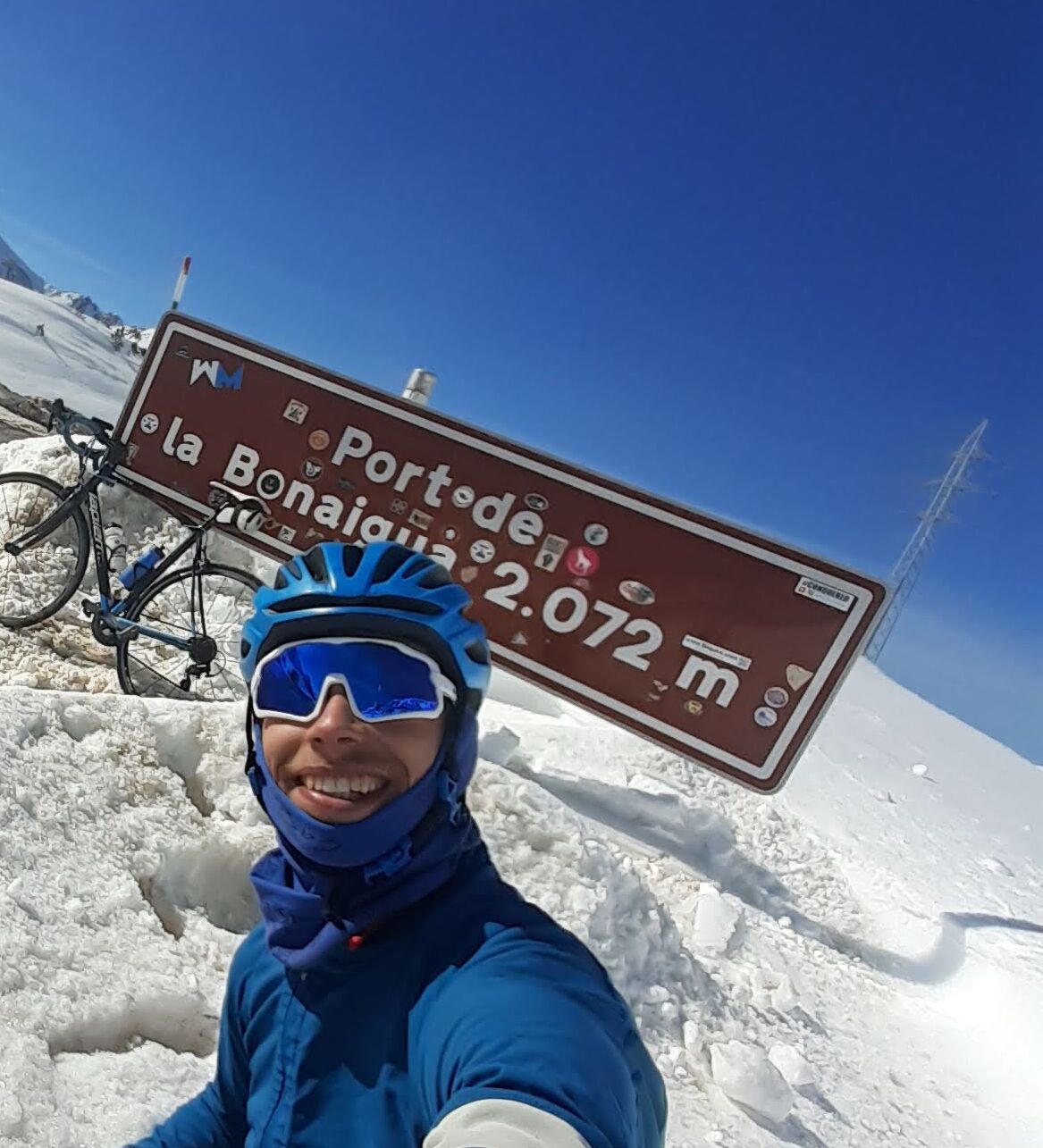Legends of the classics: What it takes to dominate one-day races
Why are some riders better suited to one-day races? We examine the physiology, racecraft and team dynamics that culminate in one-day domination
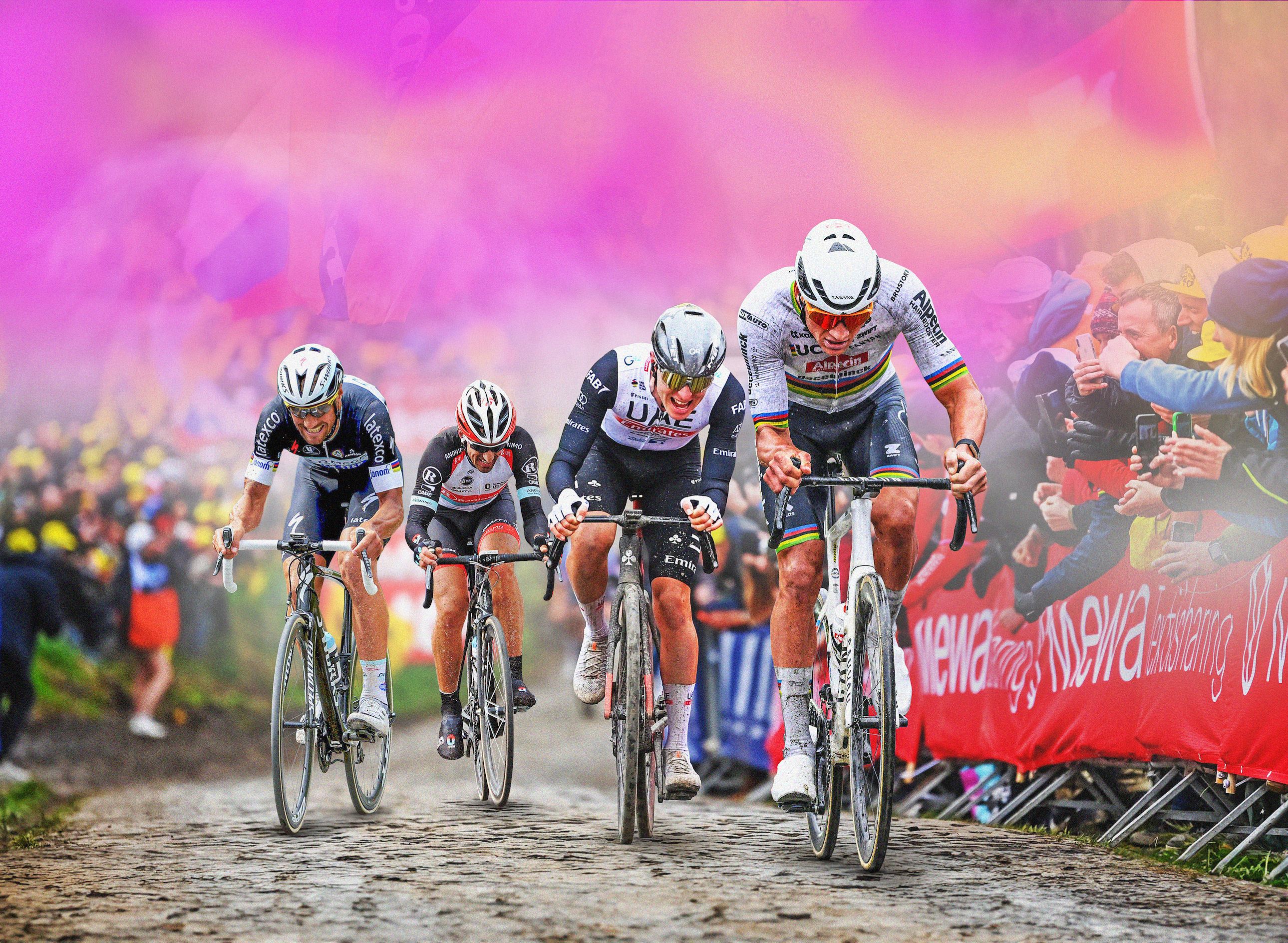
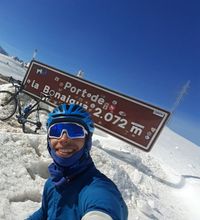
The spring Classics are cycling’s greatest spectacle. Up to seven hours of high-octane racing, up and over short, punchy climbs, across bone-jarring cobbles and loose gravel, from Omloop Het Nieuwsblad in early March to Liège-Bastogne-Liège in late April.
Winning just one Classic can make a rider’s career. But there are a select few who win, win some more, and keep on winning, becoming their generation’s giant of the Classics. But what makes a Classics legend? What are the key ingredients needed to become a serial winner? How big a part is played by local knowledge? Is it nature, nurture, racecraft, or more to do with the strength of the team?
Take a look at the make-up of the sport’s most iconic cobbled Classics riders and one thing jumps out: most are around 180cm (5ft 11in) tall and weigh around 75kg. There have been a few outliers, of course, such as Fabian Cancellara and Tom Boonen, who were both taller and heavier, tipping the scales at over 80kg. Meanwhile, lighter-weight Grand Tour superstars barely stand a chance – except if their surname begins ‘Pog’.
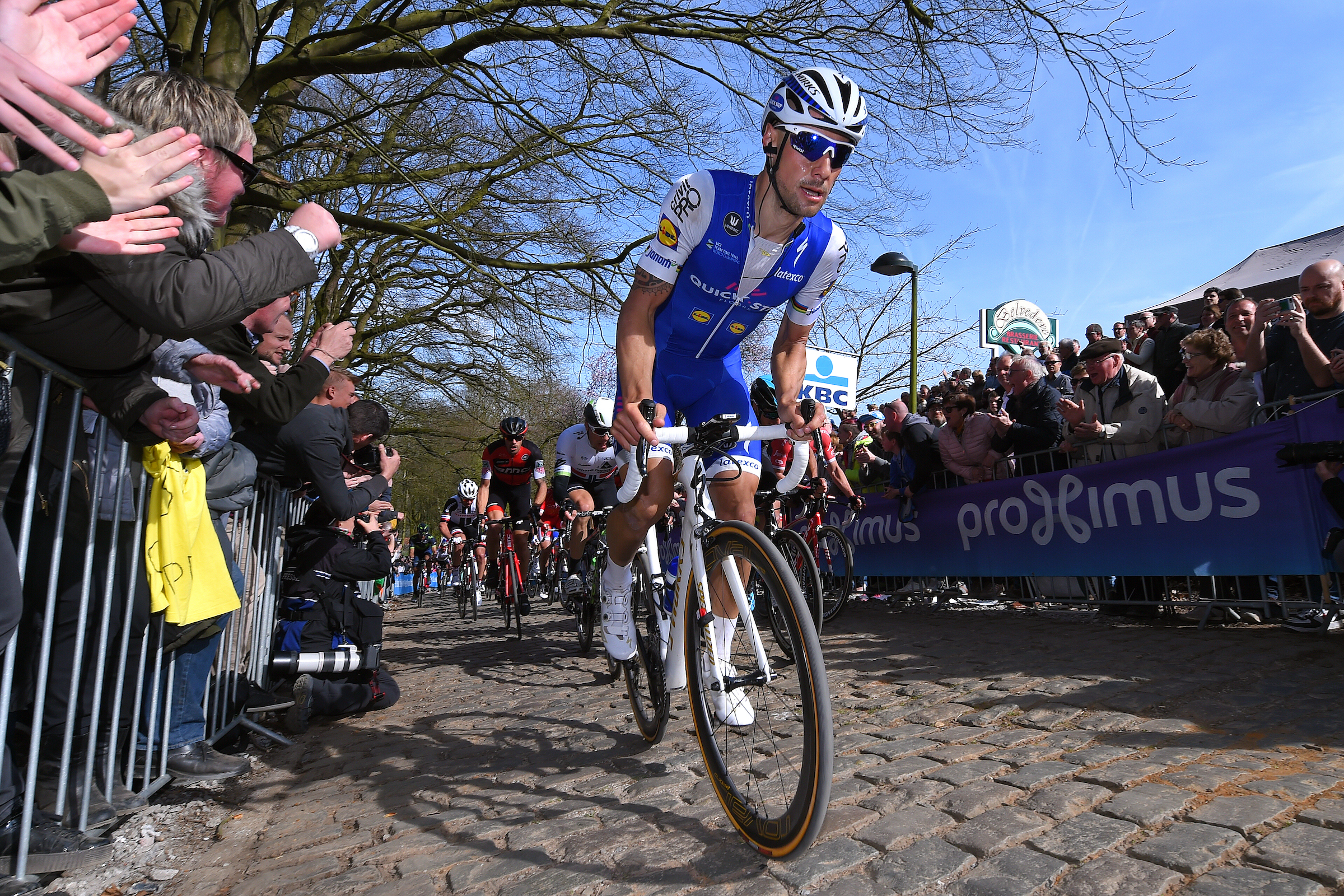
Tim Podlogar, an exercise physiologist at the University of Exeter and a consultant to Tudor Pro Cycling Team, explains why lightweight climbers are so rarely in contention in the Classics. “Jonas Vingegaard can’t be a Classics rider because a high absolute power that you can sustain for a long time on flatter terrain is way more important than watts per kilogram.”
On the opposite end of the scale, bulky sprinters don’t fare well either. “The problem with bigger riders is that their high power output requires a high energy demand, and there’s a limit to the amount of energy absorption [from fuelling] during exercise,” Podlogar says.
With the exception of Paris-Roubaix, which doesn’t have any ascent of note, Classics are littered with short, steep climbs. The weight-weenies aren’t able to make their climbing strength count in the same way they can in the mountains of the Tour de France. “Look at what Tadej Pogačar said about Milan-San Remo – he needs a few extra kilos to improve his absolute power so he can push harder on the flats where it’s purely about power,” Podlogar says. And it was borne out: at this year’s San Remo, despite averaging 630 watts for just under nine minutes on the penultimate climn of the Cipressa, Pogačar could not get away from his rivals.
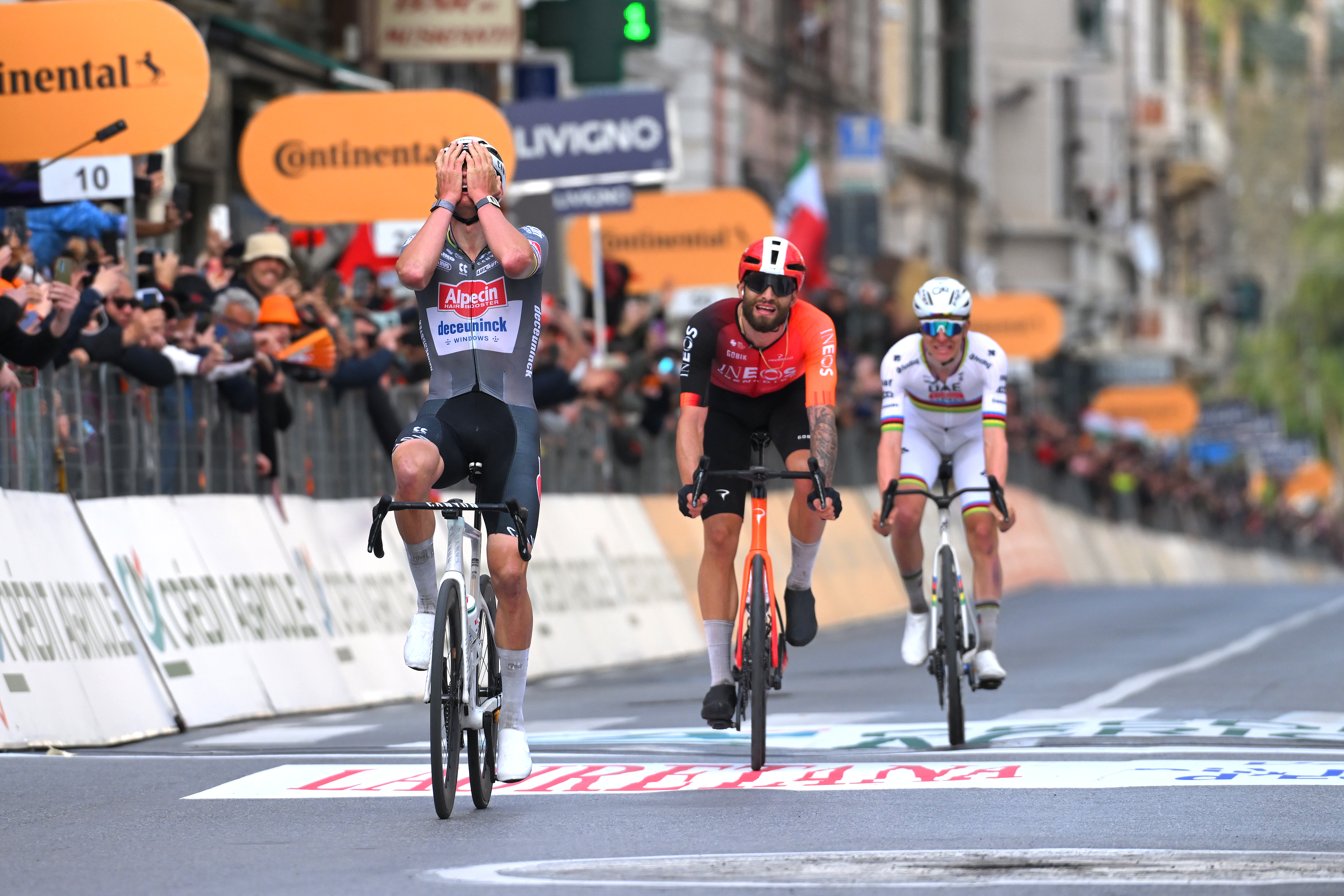
The Cipressa is 5.4km-long with a gradient of 4% – making it one of the longest climbs in all the Classics – but it was not long enough for Pogačar to press home any advantage over Mathieu van der Poel. The Dutchman is 9kg heavier than Pogačar but seemed quite comfortable as he covered the three-time Tour de France winner’s every move. “Over Classics climbs, a few minutes at most, a rider like Van der Poel can follow a rider like Pogačar because he has the anaerobic capacity to tolerate and sustain [high power] without having to dig into his aerobic capacity,” Podlogar explains. “Higher muscle mass has more fast-twitch fibres, which means having a higher anaerobic capacity, something that suits short, steeper climbs.” In simple terms, Van der Poel doesn’t need to get into oxygen debt.
The latest race content, interviews, features, reviews and expert buying guides, direct to your inbox!
Another advantage for mid-weight riders is how they’re able to cope better with uneven terrain. “You don’t want to be too light when you hit the cobbles because you’ll bounce around too much from all the kinetic energy,” Podlogar says. “A heavier rider is much more efficient on the cobbles than a lighter rider because they’re able to use the same amount of power for less energy.” There are many riders in the peloton of ideal stature for the Classics – quite tall and around 75kg – but they don’t enjoy the repeated success of Van der Poel and his ilk. So what else do such Classics stars possess?
Generational talent is the answer. “You just need the strongest rider, it’s as simple as that,” says veteran sports director Kim Andersen, now of Lidl-Trek. That view is shared by the rider he guided at various teams, Fabian Cancellara. “You need a Mathieu van der Poel, a Wout Van Aert, a Tadej Pogačar, you need a leader who can dominate and go for results,” says the multi Classics winner. And Edward Planckaert, one of Alpecin-Deceuninck’s go-to domestiques, is clear in his reply when asked if his team would be able continue their current Classics domination without Van der Poel. “No, I really don’t think so,” he says.
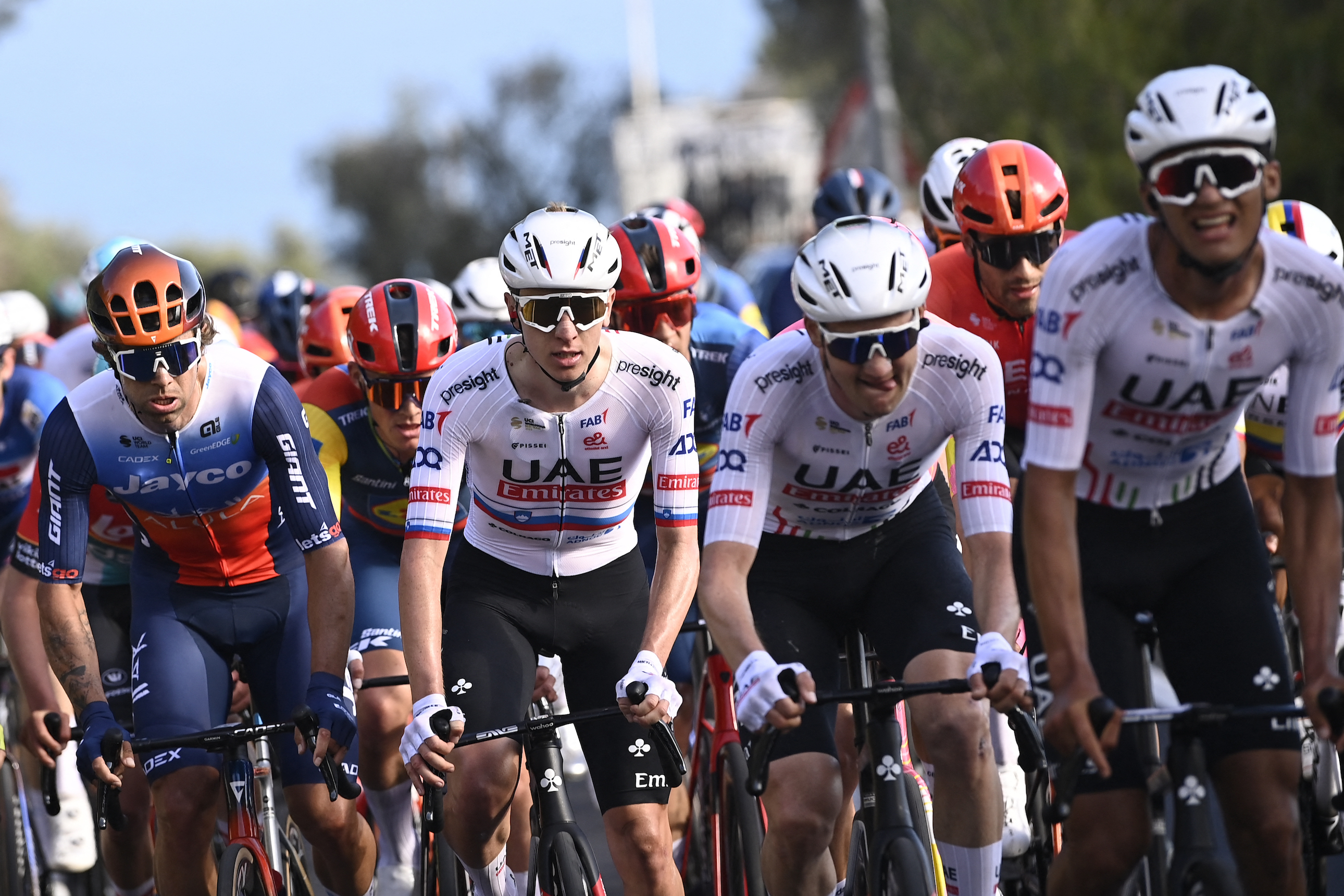
Learning the trade
Not even the most gifted riders can do it all by themselves. Cancellara began his career with Mapei-Quick Step, the team of Johan Museeuw, Tom Steels and Paolo Bettini, among others – each of them lecturers in how to win Monuments and triumph in punishing one-day tests. They taught a young Spartacus, as he would come to be known, how to read his rivals’ tactics and intentions, and how to pick his moment, when to stick and when to twist.
What Cancellara took above all from his mentors was how one superstar can lift the performance levels of his helpers. “A strong rider can make a weak team strong,” Cancellara says. “Alone, you can reach a certain level, but when the moment comes to really dominate, you need strong support from the people around you.” Once that moment came, Cancellara was incessant.
“I was always very demanding of myself, and I also requested a lot from those around me,” he continues. “I needed to get the best out of them, for them to give everything. A one-day race is not like a one-week or three-week stage race where you can save a bit of energy.” How did he get the best from his teammates? “The more a rider gave me, the more I gave them,” he says. “Ultimately, you need strong horses in the front who are going to pull. In the first three hours, my job was saving energy, saving my legs, and I needed the other guys around me to do their work and be fully focused.”
The impact of sports directors, often underestimated, tends to be more pronounced at one-day races than in slow-burning Grand Tours. “The DSs design the carpet and roll it out, and then it’s up to you to follow through with it,” Cancellara says, almost poetically. “In the race it’s not only about numbers; the tactics are a constant rolling situation. I was a guy who needed confidence and trust from the car and my colleagues. Even if I knew I was strong, sometimes I would question it, and if I would question too much, things would go wrong. That mental support is crucial.”
Local knowledge is imperative for a classics rider
Cancellara is Swiss, but most of the best Classics riders are Belgian. Local knowledge, knowing the entry to the bergs, when to take the foot off the gas and when to put the hammer down is more significant than in any other type of race. Poor positioning or misunderstanding of a race’s intricacies can very easily spell the end of a rider’s ambitions.
This is why riders complete reconnaissance rides. “You can look on the internet and Google Maps, but if you really want success, you need to go on recons,” says Andersen. “Even if you know Flanders or Liège, you must go and see it again to get a refresher.”
It is also why riders from Belgium and the Netherlands are at an advantage when it comes to the cobbled classics. They will have ridden climbs like the Oude Kwaremont countless times in junior races, and will know every twist and turn in the approach to the key climbs. This means they know where they need to be and when, which means they can save energy over riders who find themselves out of position at key moments
There’s another factor that influences performance: spicy rivalries. Whether it was Eddy Merckx versus Roger De Vlaeminck, Cancellara versus Tom Boonen, or Van der Poel versus Wout van Aert and/or Tadej Pogačar in modern times, facing a foe can be a help or a hindrance, according to Cancellara. “It can give you wings, but it can also put you in the shadows. It depends on the type of rider you are,” he says.
Kings of the classics and their teams
Since the Covid-19 pandemic, Alpecin-Deceuninck have been the stand-out team in the spring races, overtaking Soudal-Quick Step as the kings of the Classics. Alpecin haven’t matched that same prolificacy, but five different riders have won 26 spring Classics and semi-Classics for them since 2020.
“I think the reason we’ve been so successful is expectation and nailing the plan,” says Kaden Groves, Alpecin’s preferred third option. “We always have a good plan, everyone in the team knows their role during the day… we create scenarios that pull the race into our favour.”
At the start of the season, Van der Poel said that he would be focusing on the road and Classics in coming years. “If I’m still healthy and still enjoy cycling, why stop?” he added. We don’t yet know who his successor will be – perhaps Britain’s rising star Matthew Brennan – but he’s likely to be a rider of similar build.
“To do well in the Classics, you need to be the right size, and that mostly comes down to genetics,” Podlogar concludes. Alongside genes and the other prerequisites to succeed on the cobbles and up punchy climbs is a little bit of Lady Luck. Just ask Wout van Aert about that.
Best male Classics riders of all time
Eddy Merckx Years active: 1965–1978 | Belgian | 182cm | 74kg
29 wins including: 7x Milan–San Remo, 5x Liège–Bastogne–Liège, 3x Paris–Roubaix
Roger De Vlaeminck 1969–1984 | Belgian | 181cm | 74kg
20 wins including: 4x Paris–Roubaix, 3x Milan–San Remo, 1x Tour of Flanders
Johan Museeuw 1988–2004 | Belgian | 184cm | 71kg
18 wins including: 3x Flanders, 3x Roubaix
Tom Boonen 2001–2017 | Belgian | 192cm | 82kg
21 wins including: 4x Roubaix, 3x Flanders
Fabian Cancellara 2000–2016 | Swiss | 186cm | 80kg
13 wins including: 3x Flanders, 3x Roubaix
Philippe Gilbert 2002–2022 | Belgian | 178cm | 75kg 14 wins including: 4x Amstel Gold, 1x each of Roubaix, Flanders, Liège
Mathieu van der Poel 2014–present | Dutch | 184cm | 75kg 17 wins including: 3x Flanders, 3x Roubaix, 2x San Remo
Rik Van Looy 1953–1970 | Belgian | 178cm | 73kg 19 wins including: 3x Roubaix, 2x Flanders, 4x E3 Saxo Classic
Enjoyed this CW print magazine feature? Subscribe today
This piece first appeared in Cycling Weekly's print edition. To access our exclusive long-form features and investigations as soon as they appear, subscribe today and save 30% on the cover price.
A freelance sports journalist and podcaster, you'll mostly find Chris's byline attached to news scoops, profile interviews and long reads across a variety of different publications. He has been writing regularly for Cycling Weekly since 2013. In 2024 he released a seven-part podcast documentary, Ghost in the Machine, about motor doping in cycling.
Previously a ski, hiking and cycling guide in the Canadian Rockies and Spanish Pyrenees, he almost certainly holds the record for the most number of interviews conducted from snowy mountains. He lives in Valencia, Spain.
You must confirm your public display name before commenting
Please logout and then login again, you will then be prompted to enter your display name.
